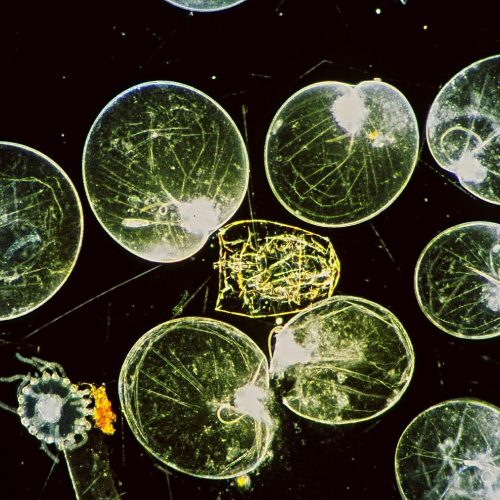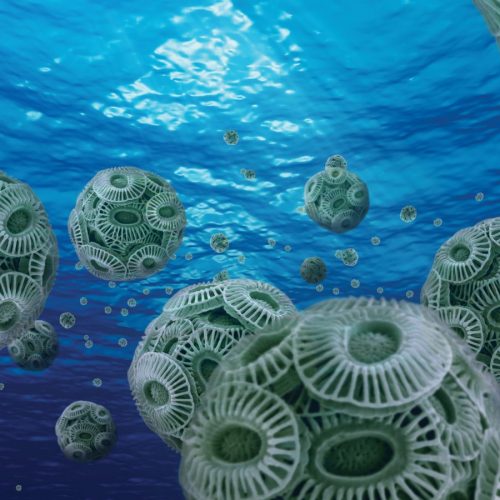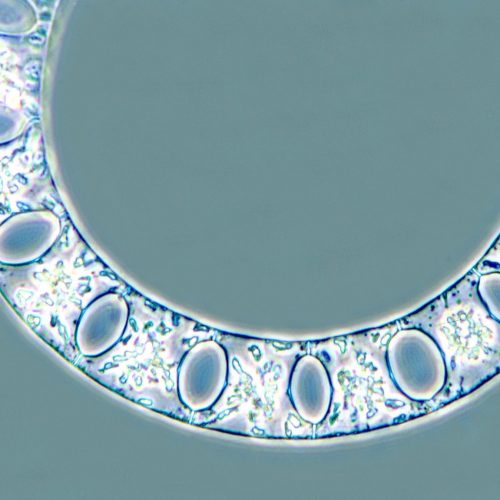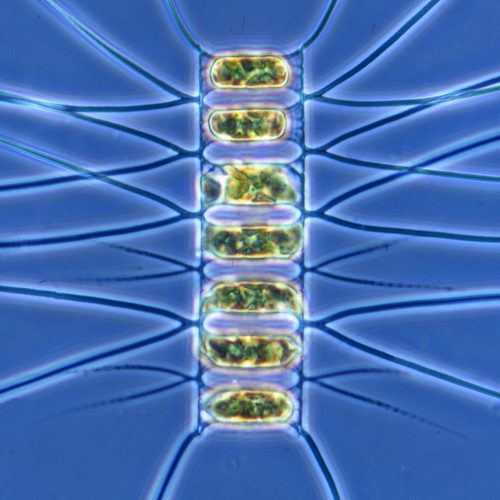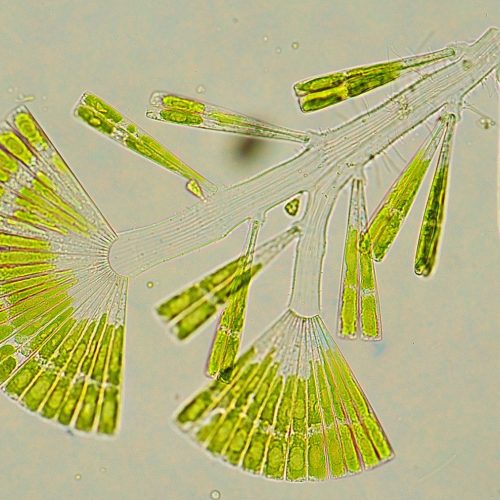Crédits photos : Océanopolis: Thierry Joyeux, Maurice Loir, Corinne Perron, Sabine Boulad, Pierre Mollo
The current climate situation concerns us all. Global warming, acidification, deoxygenation: the oceans are under constant threat, and evidence of their role in climate regulation is overwhelming. We are working alongside ohter organizations and researchers to take up the challenge of determining how it all works—before it is too late.
We choose to collaborate with researchers working with both scientific laboratories (climatology, microbiology, oceanology) and marine biotechnology companies (applied research) in order to better understand these global dynamics through scientific expeditions. Since 2019, we have been working on “Objective Bloom”—which aims to quantify the carbon balance of the most widespread phytoplankton species in the North Atlantic—and collecting samples for cultivation, in which we look for and research molecules of interest. We have taken advantage of these pilot expeditions to educate the public on the beauty and diversity of planktonic ecosystems. A fitting tribute to the services they have rendered to the planet over the past four billion years.
How the “cloud people” cause both sunshine and rainfall
For Iodysseus, the study of cloud microbiology and its climatic and environmental impact serves as inspiration.
Pierre Amato is a scientist at the Chemistry Institute of Clermont-Ferrand and has devoted 15 years of his life to investigating cloud microbiology alongside Anne-Marie Delort. In the following interview, Pierre explains what life is like for the organisms that inhabit clouds.
Pierre Amato—research fellow at the CNRS (French National Center for Scientific Research)—is studying the links between the “little people of the sea” (phytoplankton) and cloud microbiology. Pierre Amato compares the Iodysseus project to the Tara expedition, calling it “a Tara for aerosols and the atmosphere”.
How can bacteria in cloud droplets trigger rainfall, survive under exposure to radiation and oxidizers, resist high-pressure environments, and capture iron? How can they influence global climate and pollution levels? The ocean contributes to the formation of clouds, and these urgent issues are being analyzed in Clermont-Ferrand, in the center of France. Pierre Amato works with Anne-Marie Delort at the Chemistry Institute of Clermont-Ferrand (ICCF, CNRS / Université Clermont Auvergne / SigmaClermont).
Micro-causes with macro-consequences on a global scale: between sea spray aerosols—samples taken by Iodysseus—and the clouds above the Puy-de-Dôme (meteorological observatory in central France), captured by ICCF, a connection (or interconnection) is being made through the major cycles of our biosphere.
Plankton in aerosols, a 21st century challenge
Plankton represents:
The plankton is at the basis of the marine trophic network.
And this is only a low estimate obtained by modeling.
A bioresource of the future
A major player in the climate
billion organisms in 1L of seawater
million tonnes of carbon
are absorbed each year by oceanic plankton.








